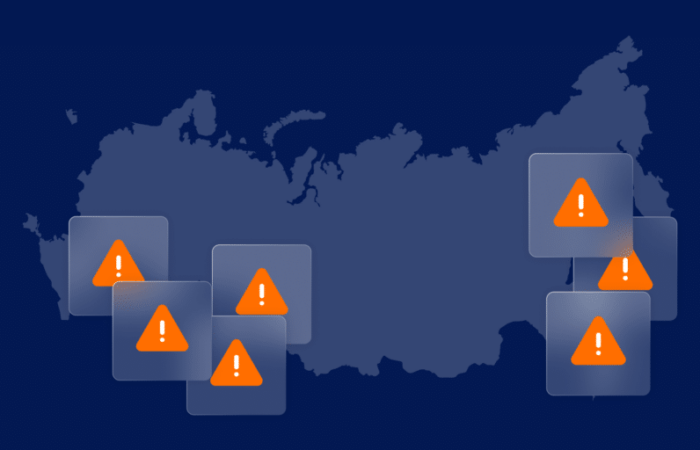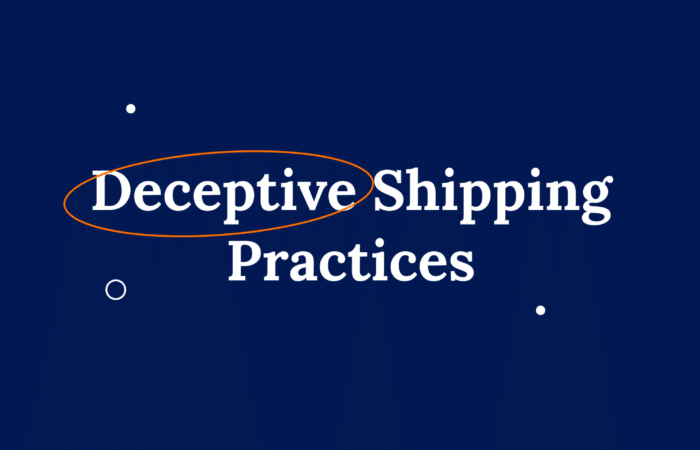What’s inside?
According to the US Government Accountability Office (GAO), the amount of illicit money laundered through international trade is on the rise. While financial institutions have picked up their efforts to manage this risk, document verification is still a challenge. Identifying fictitious documents and false invoicing to facilitate trade-based money laundering (TBML) is a complex task to overcome. To complicate matters, global container trade, valued at around $14 trillion in 2019, accounts for an estimated 60% of all seaborne trade.
Containers are both literally and figuratively black boxes. Screening, monitoring, and investigating traded goods sealed in millions of metal boxes pose a real challenge for stakeholders across the value chain. To put this into perspective, of the total US import, only 3% of ocean freight are physically inspected. To stay ahead of TBML schemes, banks need to determine whether there is a reason to suspect the amount, origin, or destination of the cargo. With Windward’s container insights, banks can accurately screen their trade finance transactions and monitor them in real-time.
Bill of lading verification is high-stakes
As a basic first step, banks first need to match the container information with the carrier’s data to ensure validity. This is critical to answering questions like: does the cargo exist in the correct quantity? Who is the shipper? Is this the UBO? But how do you do this across hundreds of containers? Manually checking bill of ladings (BOL) is not scalable. Even once the BOL is verified, banks then need to manage the risk exposure of each one. This is key as organized criminal groups are increasingly taking advantage of legitimate trade activity.
To safely manage risk, banks need two main things: behavioral tracking and entity resolution. As long as cargo is in the port-to-port stage, it is critical to have contextual intelligence and anomaly detection to automatically identify red flags like identity or location tampering. In addition, financial institutions need a way to determine the legal entities connected to each vessel. At the end of the day, banks deal with entities, not vessels. Vessels come as a necessary factor to screen, but compliance experts are not inherently maritime experts – nor should they have to be. But a problem arises when banks don’t have the right tools to evaluate maritime risk.
As part of BOL monitoring, banks check the entire shipment cycle – shipper, vessel, consignee. However screening vessels with list matching tools and static data is not enough. Identifying deceptive practices is by definition a more complex mission than list-matching. It requires a method of exposing risk across entities that are not sanctioned or appear on any watch list – yet are involved in global trade. For banks to avoid financing a transaction for a vessel engaged in an illicit ship-to-ship (STS) transfer, identifying deceptive shipping practices is key.
Bill of lading verification by Windward
Implementing maritime AI into trade screening solutions can help flag fraudulent events across all vessels and entities involved. This requires shifting from a traditional check-the-box strategy towards a more proactive approach. Ultimately, this will allow banks to prevent onboarding new business with exposure to maritime risk.
Windward now provides efficient screening and monitoring of each BOL, along with related entities. Information on the BOL is obtained from the carrier’s system. Users will be able to screen BOL data and compare it to the vessel’s actual path and activities during the relevant voyage, to:
- Confirm the existence of all entities (vessels and companies) mentioned in the shipping document
- Get immediate clearance recommendations on vessels and commercial entities associated with the shipment
- Monitor and identify risk indicators in real-time, for instance, deviation from the expected path of one of the related vessels
Beyond BOL verification, banks will be able to track suspicious activity and containers. As efforts increase to move dirty money through the global trade system, this will be as important as ever. With real-time risk indicators, banks can streamline operations and know when to ask for more information. If a bank will be financing several containers from the same company, this will enable them to know exactly when to expect payment. Coming up soon, Windward’s container insights will include notifications on voyage irregularities (like unplanned STS events or dark activity) and predicted vessel path.
















